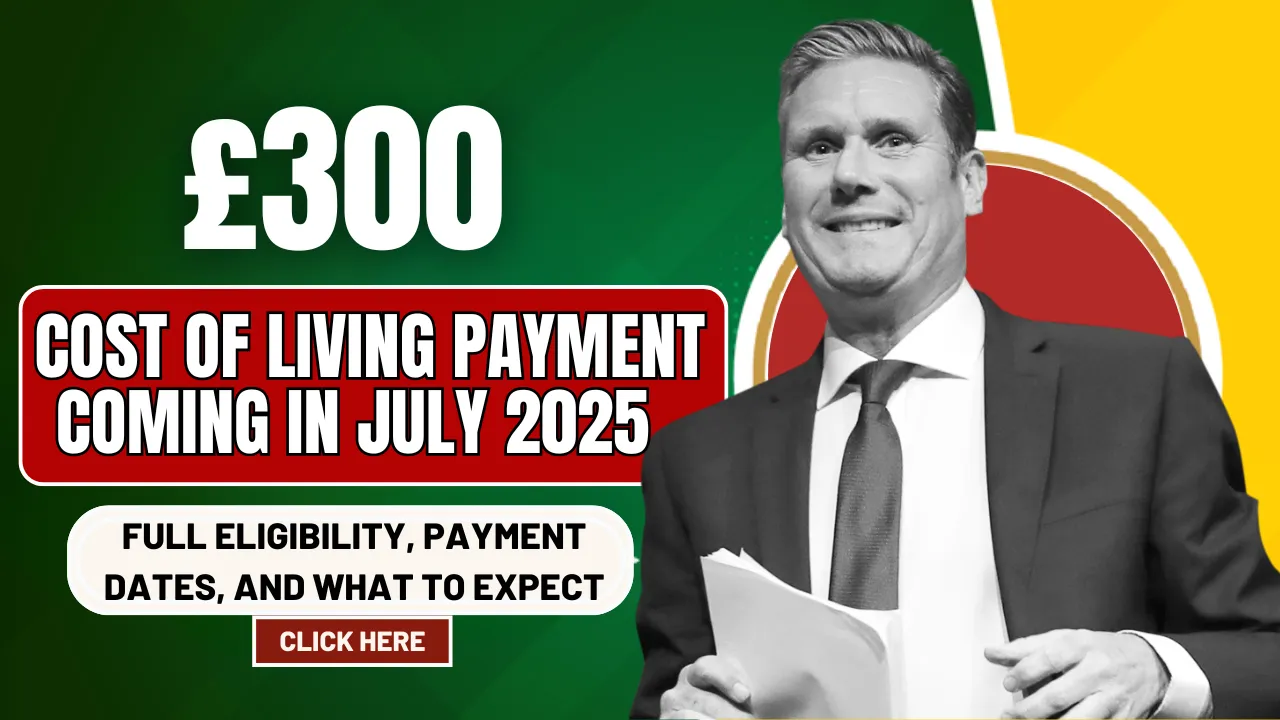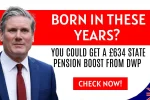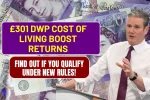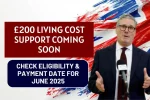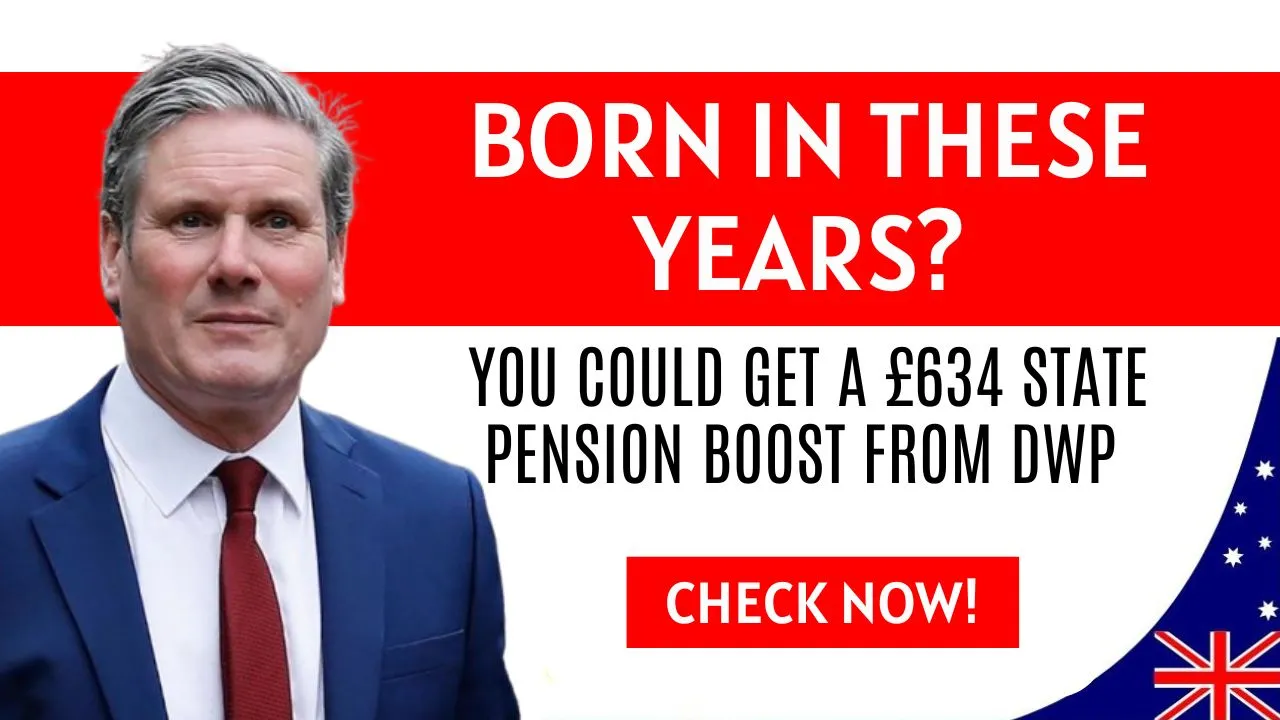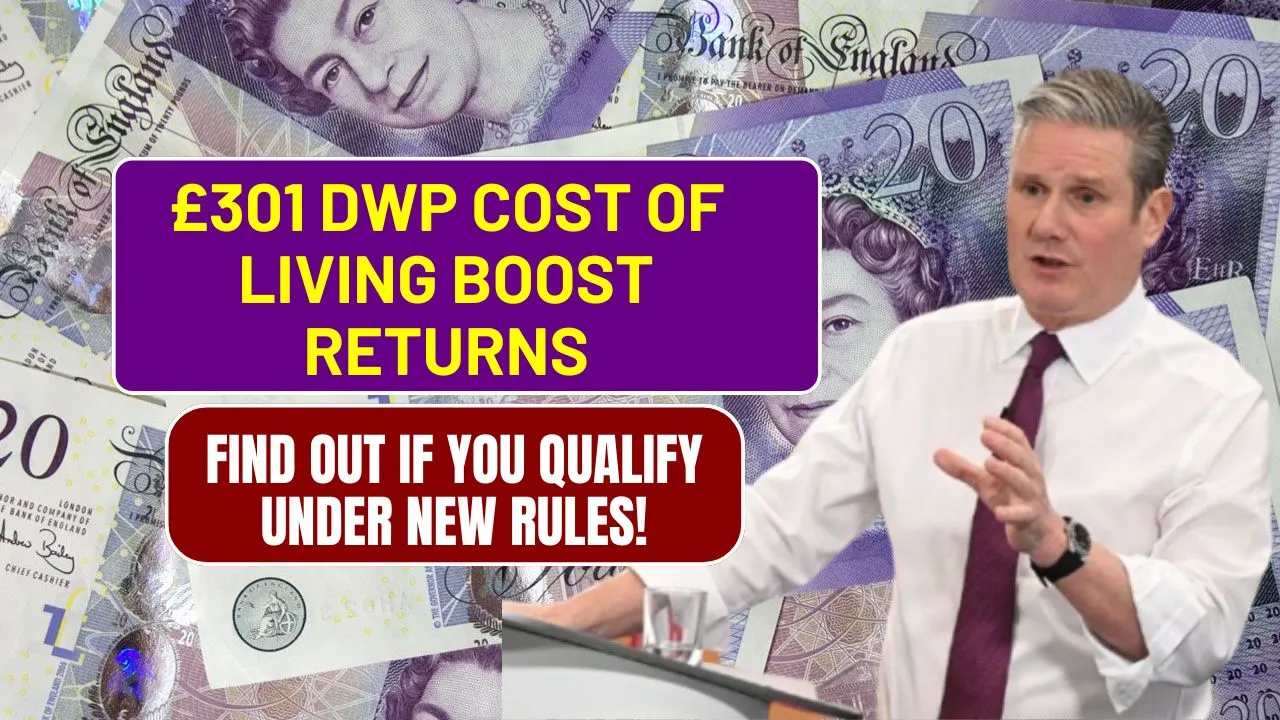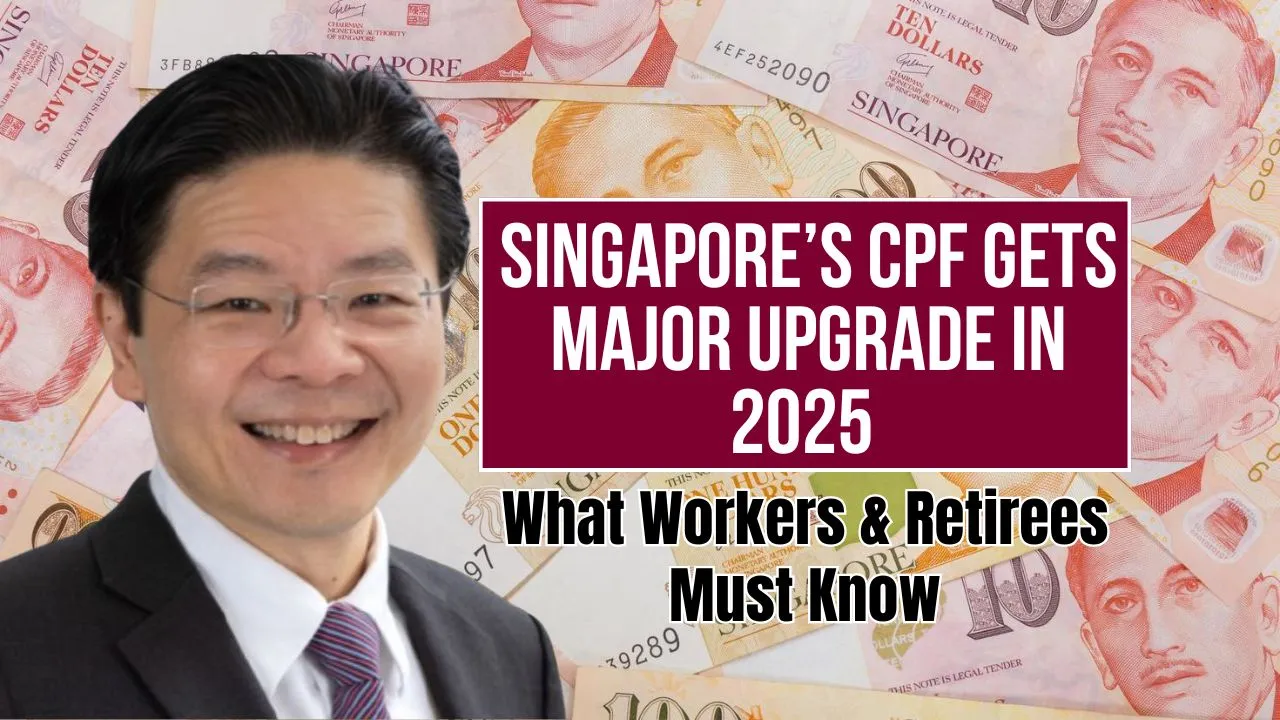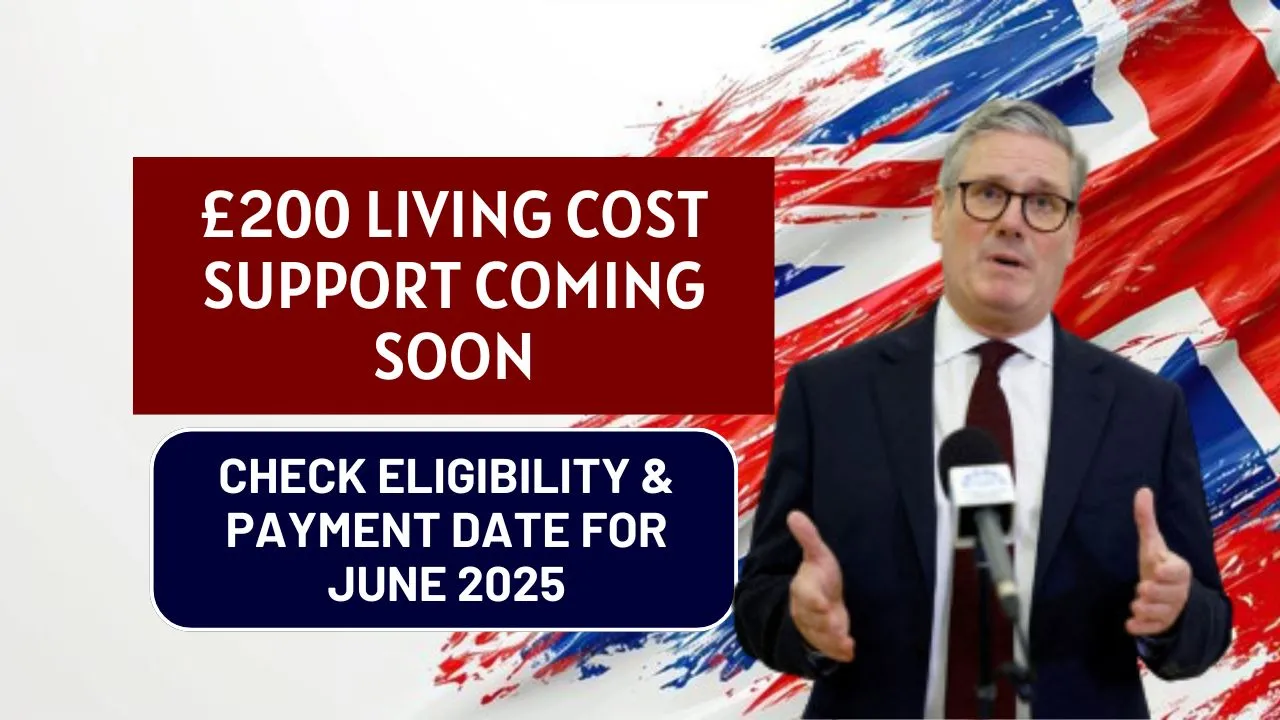The £300 Cost of Living Payment is due to land in mid‑July 2025, offering timely financial assistance to households across the UK facing steep daily expenses. As energy bills, rent costs, and grocery prices continue to climb, this extra support from the Department for Work and Pensions (DWP) comes at a critical moment.
In this article, we’ll provide a thorough, easy-to-read breakdown of the £300 Cost of Living Payment, including who qualifies, when funds will be received, how the payment process works, and practical steps if you don’t get it. Our goal is to offer clear insights and help you confidently navigate this boost.
£300 Cost of Living Payment – What You Need to Know
The £300 Cost of Living Payment is set to hit eligible bank accounts in mid‑July 2025. Designed to support low-income households, this boost helps tackle ongoing inflation, especially in areas such as energy bills, food shopping, and rent. If you were claiming one or more means-tested benefits during the eligibility window (5–25 June 2025), expect the money automatically deposited without any extra paperwork. It’s worth checking your account around the scheduled date, and if funds don’t arrive by the end of the month, the DWP advises contacting them using your National Insurance details.
Overview Table
| Detail | Information |
| Payment Amount | £300 |
| Payment Date | Mid‑July 2025 |
| Qualifying Period | 5 June 2025 – 25 June 2025 |
| Eligibility | Means‑tested benefits |
| How It’s Paid | Automatic direct deposit |
| Issuing Body | Department for Work and Pensions (DWP) |
| Extra Action Needed? | No |
Who Is Eligible for the £300 Cost of Living Payment?
You’ll qualify for this £300 Cost of Living Payment if you were receiving one or more of these means-tested benefits during 5–25 June 2025:
- Universal Credit
- Income-based Jobseeker’s Allowance (JSA)
- Income-related Employment and Support Allowance (ESA)
- Income Support
- Pension Credit
- Working Tax Credit
- Child Tax Credit
This benefit check ensures the payment reaches households most in need, focusing on those already relying on essential financial help.
Why Is the £300 Payment Needed?
Protection From Ongoing Cost Pressures
- High energy bills continue to strain family budgets amid global supply challenges.
- Surging grocery prices mean that everyday meals are costing more than ever.
- Rising rent and utility costs leave little room for error in monthly spending.
- Transport and daily living expenses remain stubbornly high across the UK.
Despite some easing in overall inflation, many families are still seeing little relief. This £300 Cost of Living Payment aims to cushion the blow and help low-income households meet these costs.
When and How Will the £300 Payment Be Made?
The mid-July disbursement means the money will automatically appear in your usual benefit account—no extra forms needed. The DWP will transfer the funds directly to the same bank account where your benefits are paid. Check your account in mid to late July; most payments should arrive by the end of the month.
What to Do If You Don’t Receive the Payment
If you’re eligible but don’t see the payment:
- Wait a few more days, as processing could take a little longer.
- If it’s late July and still missing, contact the DWP.
- Have your National Insurance number and benefit details ready—this helps them find your records quickly.
Prompt action will help identify and resolve any issues so you can receive the support you’re entitled to.
Why the £300 Payment Matters for UK Families
This boost isn’t just a one-off—it delivers real, tangible support by:
- Paying off energy bills before they escalate further
- Stretching your grocery budget when food prices are high
- Reducing the risk of rent arrears, preventing additional stress
- Covering utility or transport expenses that crop up unexpectedly
For low-income households dealing with inflation, this kind of inflation relief from the DWP is a vital lifeline, helping you stay afloat.
FAQs
Who qualifies for the £300 Cost of Living Payment?
Anyone claiming Universal Credit, JSA, ESA, Income Support, Pension Credit, or Tax Credits during 5–25 June 2025 will receive the payment without applying.
When is the payment scheduled?
The £300 Cost of Living Payment is scheduled for mid‑July 2025, with most people seeing it in their accounts by the end of the month.
Do I need to apply separately for the payment?
No, the payment is automatic. As long as you meet the benefit criteria during the eligibility window, the DWP will deposit it for you.
How will the money be paid?
The payment will be made by automatic deposit into your existing benefit account, typically the same as your regular DWP payments.
What if I don’t receive the payment?
If it’s late July and nothing’s arrived, reach out to the DWP. Keep your National Insurance number and benefit info nearby to help them check your records and fix any issues quickly.
Final Thought
The £300 Cost of Living Payment arriving in July 2025 is more than just a gesture—it’s critical financial relief for households navigating high living costs and inflation. With simple eligibility, automatic disbursement, and clear guidance on what to do if things go wrong, this support is designed for real impact. If you’re set to receive it, keep an eye on your account and expect that well‑needed boost. And if it doesn’t turn up, don’t wait—contact the DWP right away.
We’d love to hear from you—how will this payment help you? Drop a comment below and share this article to spread the word. For more tips on navigating everyday expenses or exploring other support options, stay connected and check out more helpful guides here.
Call to Action:
Tell us in the comments how the £300 boost will help you this summer, and share this post to reach others who may benefit. You can also explore our other articles for tools and tips to manage rising living costs.
